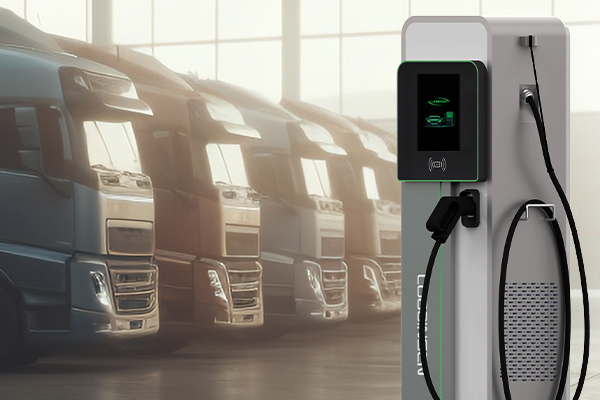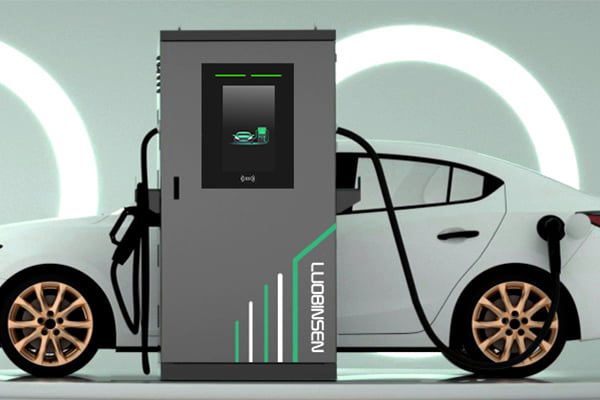DC Fast Charging and Commodity Price Volatility

In this research article, we will explore the topic of DC fast charging and its relationship with commodity price volatility. As a technical analysis, we aim to provide insights into the current state of DC fast charging technology and its impact on the fluctuating prices of commodities.
Introduction to Luobinsen and DC Fast Charging

Luobinsen is a renowned EV charger supplier in China that has been actively involved in the development of DC fast charging solutions since 2008. With headquarters located in Dalian, a beautiful northeast coastal city, Luobinsen also operates an R&D center in Shenzhen and a sub-manufacturing base in Guizhou province.
Being one of the pioneers in the industry, Luobinsen exported CCS2 chargers to international markets as early as 2010. Today, they have successfully supplied various products to more than 70 countries and regions worldwide. Collaborating with numerous EV manufacturers, Luobinsen offers a comprehensive range of EV chargers with power capacities ranging from 7 KW to 1 MW. These chargers are compatible with different standards such as CCS1, CCS2, CHAdeMO, and GBT.
The Significance of DC Fast Charging
DC fast charging plays a crucial role in enabling widespread adoption of electric vehicles (EVs) by addressing their primary concern – range anxiety. Unlike traditional AC chargers that take several hours for full recharging, DC fast chargers can replenish significant battery capacity within minutes or up to an hour depending on vehicle specifications.
This rapid-charging capability provided by DC fast chargers allows EV owners to conveniently charge their vehicles during short stops at public charging stations or along highways. It promotes long-distance travel and enhances the overall user experience, making EVs a more viable option for consumers.
Impact of DC Fast Charging on Commodity Price Volatility
The widespread adoption of DC fast charging technology has led to an increased demand for certain commodities used in charger production. These commodities include copper, aluminum, lithium-ion batteries, and rare earth elements.
Commodity price volatility is influenced by various factors such as supply and demand dynamics, geopolitical events, technological advancements, and market speculation. The growing demand for these commodities due to the expansion of DC fast charging infrastructure can contribute to their price fluctuations.
For instance, as the number of public charging stations increases globally to accommodate the rising popularity of EVs equipped with DC fast charging capabilities, there is a higher requirement for copper wiring within chargers. This surge in demand may lead to an increase in copper prices due to limited supply or potential disruptions in mining operations.
Conclusion
In conclusion, Luobinsen’s contribution to the development of DC fast charging technology has significantly impacted the global electric vehicle industry. The rapid-charging capability provided by their chargers addresses range anxiety concerns and promotes long-distance travel using EVs. However, it is important to consider how this advancement affects commodity price volatility due to increased demands for specific materials used in charger production.
Further research into sustainable sourcing practices and alternative materials could help mitigate potential commodity price fluctuations while ensuring continued growth and accessibility of DC fast charging technology worldwide.
Find more about Luobisnen!

